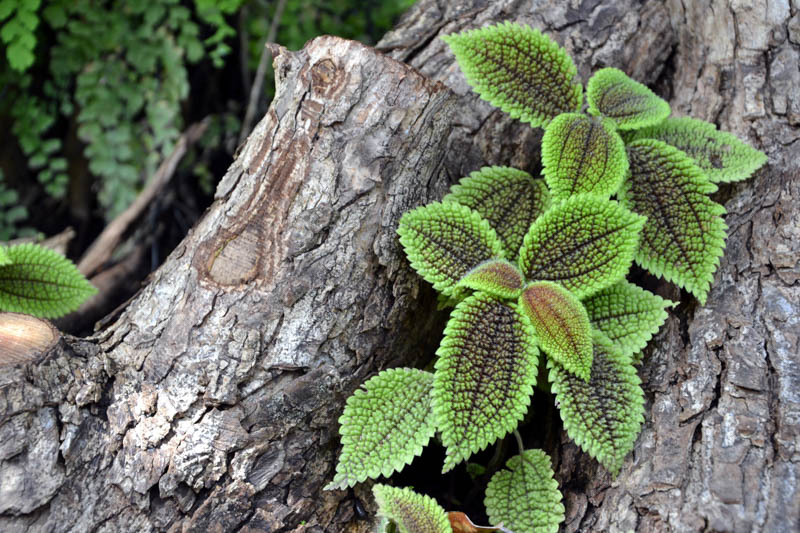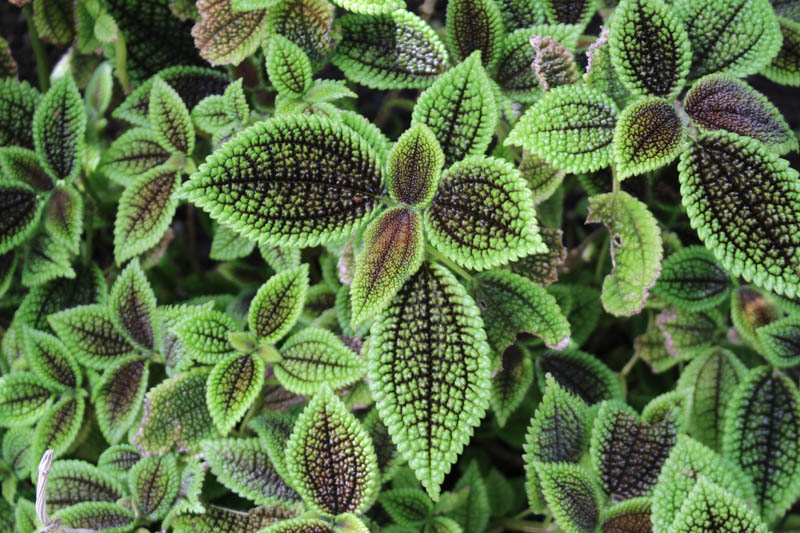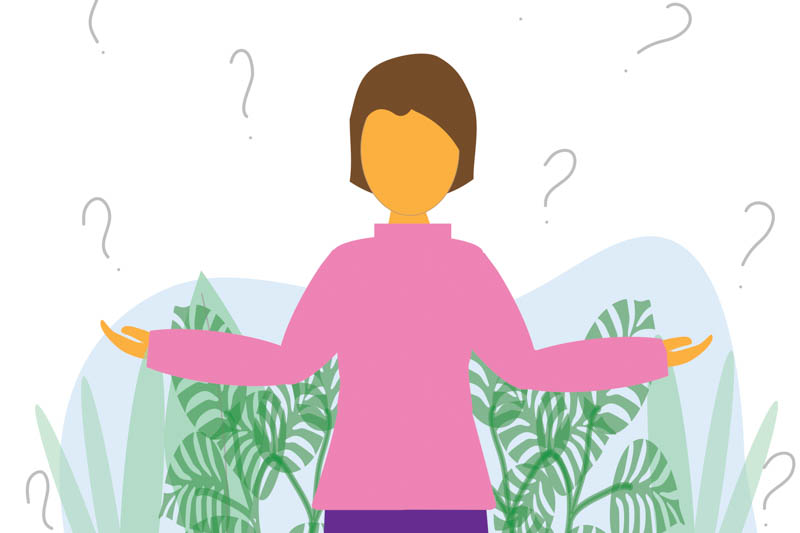Moon Valley Friendship Plant, Pilea 'Moon Valley'
Pilea involucrata ‘Moon Valley’ (Friendship Plant) is a captivating houseplant that offers visual interest with its unique, textured foliage. Its ease of care and air-purifying properties make it a popular choice for plant enthusiasts looking to add a touch of the tropics to their indoor spaces.
Pilea involucrata ‘Moon Valley’ is a striking houseplant known for its unique, textured foliage. The plant features deeply puckered leaves, resembling the craters and valleys of the moon, hence its name. The leaves boast a rich green color with bronze hues and pink or red stems, creating a vivid contrast.
Native: This variety of Pilea is native to Central and South America, thriving in the tropical climates of these regions. The Friendship Plant belongs to the nettle family (Urticaceae) and is part of a diverse genus with over 600 species.
Plant Type and Habit: Pilea ‘Moon Valley’ is a bushy, compact, evergreen perennial that is primarily grown as an indoor plant due to its ornamental foliage.
Size: It typically grows to about 6-12 inches (15-30 cm) in both height and spread, making it an ideal size for container growing.
Flowers: Though it’s mainly grown for its foliage, ‘Moon Valley’ produces small, inconspicuous pink or green flowers. The flowers are not the main attraction and can appear at any time of the year if the plant is happy.
Foliage: The most captivating aspect of ‘Moon Valley’ lies in its distinct, ovate leaves, characterized by their serrated edges. These leaves display a striking bronze-purple hue, complemented by pronounced puckered textures and often highlighted by light green margins. The pronounced indentations across the leaves lend a corrugated texture, while the vibrant color contrast significantly enhances its ornamental allure.
Hardiness: It is suited for USDA hardiness zones 11-12 if grown outdoors, but it is predominantly kept as an indoor plant due to its sensitivity to cold temperatures. As a tropical plant, it prefers temperatures between 60-75°F (15-24°C) and high humidity levels.
Uses: Beyond its decorative appeal, Pilea ‘Moon Valley’ is excellent for terrariums, dish gardens, and as a desk plant. Its ability to thrive in low-light conditions makes it suitable for office environments and shaded indoor spaces.
Toxicity: It is considered non-toxic to pets and humans, making it a safe choice for homes with animals and children.
Benefits: Its primary benefits are aesthetic and emotional, adding beauty to indoor spaces and promoting well-being through plant care. Additionally, it can help purify the air by absorbing common household pollutants.

Growing and caring for the Friendship Plant is relatively easy, making it a great choice for both novice and experienced gardeners.
Light: Friendship Plants prefer bright, indirect light. Avoid direct sunlight, which can scorch their leaves. A spot near a window with filtered light is ideal.
Soil: Use a well-draining potting mix rich in organic matter. A mix designed for African violets can work well, as it ensures both moisture retention and adequate drainage.
Water: Keep the soil consistently moist but not waterlogged. Water when the top inch of soil feels dry to the touch. Reduce watering in the winter months when the plant’s growth slows.
Temperature and Humidity: Friendship Plants prefer warm temperatures, ideally between 65°F to 75°F (18°C to 24°C). Avoid exposure to temperatures below 50°F (10°C), as cold drafts can damage the plant. These plants thrive in high-humidity environments, similar to their native tropical habitat. Increase humidity by misting the plant regularly, placing it on a pebble tray with water, or using a humidifier.
Fertilization: Feed your Friendship Plant with a balanced, liquid fertilizer diluted to half strength every 4-6 weeks during the growing season (spring and summer). No fertilizer is needed in the fall and winter.
Pruning: Prune any leggy or dead stems to maintain a bushy, compact appearance and encourage new growth. This can also help improve air circulation around the plant.
Repotting: Repot the Friendship Plant every 1-2 years in spring to refresh the soil and accommodate growth. Choose a pot only slightly larger than the current one to avoid overwatering issues, ensuring it has adequate drainage holes to prevent water accumulation.
Propagating the Friendship Plant is straightforward and can be an enjoyable way to expand your collection or share with friends. Here’s a simple guide on how to propagate through stem cuttings:
Choose Healthy Stems: Look for healthy, mature stems on your Friendship Plant with at least 2-3 leaves or nodes. Nodes are the points on the stem where leaves are attached, and they are crucial for root development.
Cut: With a clean, sharp pair of scissors or pruning shears, cut just below a node. The cutting should be about 3-4 inches long.
Prepare: Remove the lower leaves from the cutting, leaving only the top few. This prevents rotting and directs the cutting’s energy towards rooting.
Water Method: Place the stem cuttings in a jar of water, ensuring at least one node is submerged. Change the water every few days to keep it fresh. Roots should begin to form in 2-4 weeks.
Soil Method: Alternatively, plant the stem cuttings directly into moist potting soil. Insert the cut end into the soil, ensuring at least one node is buried where roots can develop. Covering the pot with a plastic bag can create a mini-greenhouse effect, retaining moisture and humidity to encourage rooting.
Light and Water: Place the cuttings in bright, indirect light whether rooted in water or soil. Keep the soil moist but not soggy if using the soil method.
Transplanting: Once the cuttings have developed a robust root system (usually after a few weeks in water or 4-6 weeks in soil), they can be transplanted into individual pots filled with a well-draining potting mix.

The Friendship Plant is generally easy to care for, but like all plants, it can encounter pests, diseases, and common problems.
Spider Mites: These tiny pests can be identified by the fine webs they weave on the plant. They cause yellowing or speckled leaves. Increase humidity around the plant and wash it with a strong stream of water. For severe infestations, use insecticidal soap or neem oil.
Mealybugs: These white, cottony pests tend to cluster in leaf axils and under leaves, sucking sap and weakening the plant. Remove with alcohol-dipped cotton swabs or apply neem oil.
Scale insects: Hard or soft-bodied insects that attach themselves to the stems or leaves, causing yellowing and growth stunting. Scrape off with a fingernail or use a cotton swab dipped in rubbing alcohol. Insecticidal soap or neem oil may also be used.
Aphids: These small, green pests suck sap from new growth. Rinse them off with water or treat the plant with neem oil.
Root rot: Can occur if the plant is overwatered or if the potting mix does not drain well. Symptoms include yellowing leaves and a mushy stem base. Prevent this by ensuring good drainage and letting the top inch of soil dry out between waterings.
Powdery mildew: Might affect the leaves in high humidity with poor air circulation, appearing as white powdery spots. Improve air circulation and treat with fungicide if necessary.
Leggy Growth: Insufficient light can cause the Friendship Plant to stretch towards the light source, resulting in leggy, sparse growth. Move it to a brighter location with indirect light.
Brown Leaf Tips: This could be a sign of low humidity or over-fertilization. Increase humidity around the plant and fertilize sparingly.
Leaf Drop: Sudden changes in temperature, light, or moisture can stress the plant, causing leaf drop. Try to maintain consistent care conditions and avoid placing it near drafts or heating vents.

The Friendship Plant (Pilea involucrata) prefers bright, indirect sunlight. It thrives in partial shade conditions and should be protected from direct sunlight, which can scorch its leaves. A spot that receives filtered light through a sheer curtain is ideal for maintaining vibrant foliage without exposing the plant to the harsh effects of direct sun.
Friendship Plants like consistently moist soil but do not do well with waterlogged conditions. Water them when the top inch of soil feels dry to the touch. It’s important to strike a balance – keep the soil moist but ensure good drainage to prevent root rot. During winter, reduce watering as the plant’s growth slows down.
| Hardiness |
11 - 12 |
|---|---|
| Plant Type | Houseplants, Perennials |
| Plant Family | Urticaceae |
| Genus | Pilea |
| Exposure | Partial Sun |
| Season of Interest |
Spring (Early, Mid, Late) Summer (Early, Mid, Late) Fall Winter |
| Height |
6" - 1' (15cm - 30cm) |
| Spread |
6" - 1' (15cm - 30cm) |
| Maintenance | Low |
| Water Needs | Average |
| Soil Type | Loam, Sand |
| Soil pH | Acid, Neutral, Alkaline |
| Soil Drainage | Moist but Well-Drained |
| Characteristics | Showy, Evergreen |
| Garden Uses | Patio And Containers |
| Hardiness |
11 - 12 |
|---|---|
| Plant Type | Houseplants, Perennials |
| Plant Family | Urticaceae |
| Genus | Pilea |
| Exposure | Partial Sun |
| Season of Interest |
Spring (Early, Mid, Late) Summer (Early, Mid, Late) Fall Winter |
| Height |
6" - 1' (15cm - 30cm) |
| Spread |
6" - 1' (15cm - 30cm) |
| Maintenance | Low |
| Water Needs | Average |
| Soil Type | Loam, Sand |
| Soil pH | Acid, Neutral, Alkaline |
| Soil Drainage | Moist but Well-Drained |
| Characteristics | Showy, Evergreen |
| Garden Uses | Patio And Containers |
How many Pilea involucrata ‘Moon Valley’ (Friendship Plant) do I need for my garden?
| Plant | Quantity | |
|---|---|---|
| Pilea involucrata ‘Moon Valley’ (Friendship Plant) | N/A | Buy Plants |
Create a membership account to save your garden designs and to view them on any device.
Becoming a contributing member of Gardenia is easy and can be done in just a few minutes. If you provide us with your name, email address and the payment of a modest $25 annual membership fee, you will become a full member, enabling you to design and save up to 25 of your garden design ideas.
Join now and start creating your dream garden!
Create a membership account to save your garden designs and to view them on any device.
Becoming a contributing member of Gardenia is easy and can be done in just a few minutes. If you provide us with your name, email address and the payment of a modest $25 annual membership fee, you will become a full member, enabling you to design and save up to 25 of your garden design ideas.
Join now and start creating your dream garden!